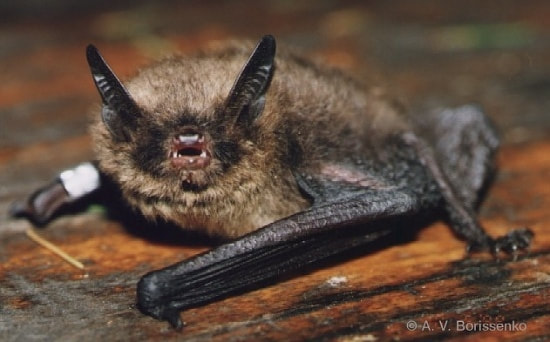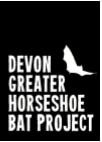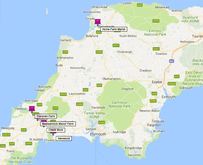|
Nine species of bat recorded at Home Farm Marsh
Bats find their prey through echolocation - this is where the bat calls at a very high frequency (most humans cannot hear this - although children are sometimes able to) and listens for the return call as it bounces off an object. Horseshoe bats have a special nose-leaf that is shaped like a horseshoe which helps them to direct their calls. This helps them to build up a map of their surroundings and find their prey. The Devon Greater Horseshoe Bat Project run by the Devon Wildlife Trust has provided free bat detectors to help discover what bats frequent 1km squares throughout Devon. The Gaia Trust ran one of these detectors at Home Farm Marsh on 12th May 2017. The bat detector recorded the calls, which are sometimes distinctive to a particular bat, or a group of bats, allowing us to work out what species have been detected. The report shows which bats flew past the detector. It does not give an exact number of bats, but tells us how many times a bat of each species has been recorded passing by - it could be one bat flying past lots of times. The Devon Greater Horseshoe Bat Project, is a 5 year partnership project of 18 organisations led by Devon Wildlife Trust and is supported by the National Lottery through the Heritage Lottery Fund, as well as other funders. |
| ||



